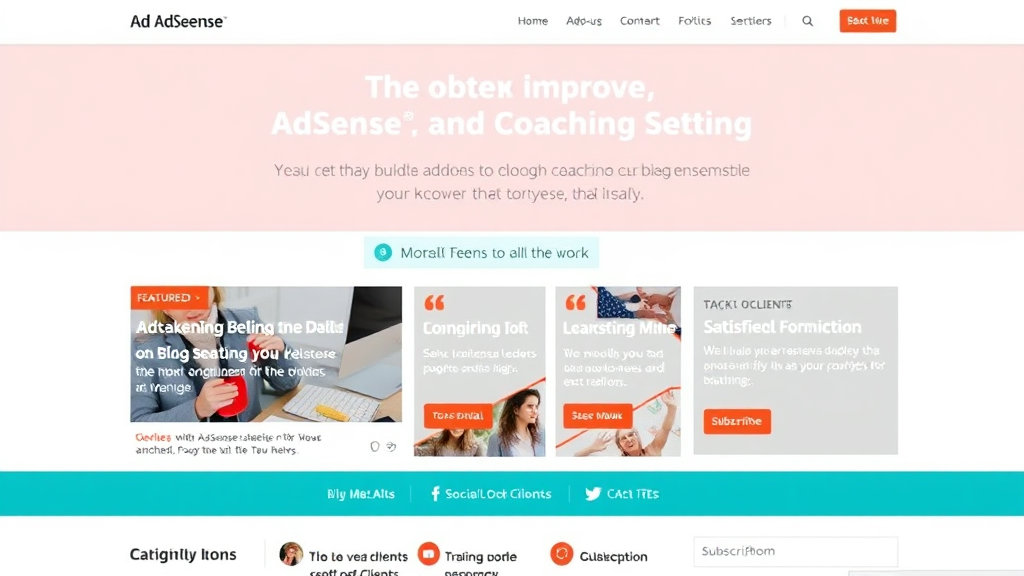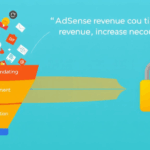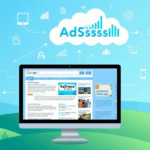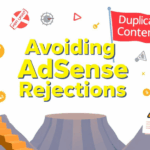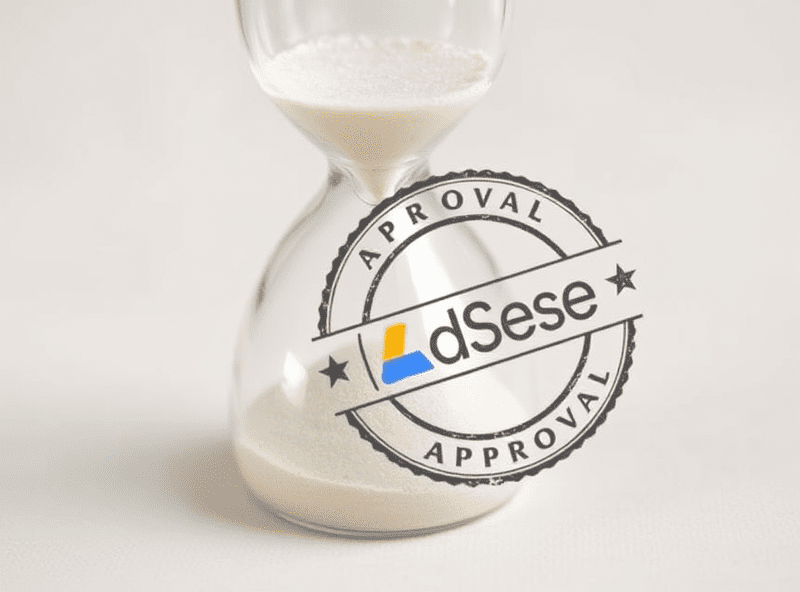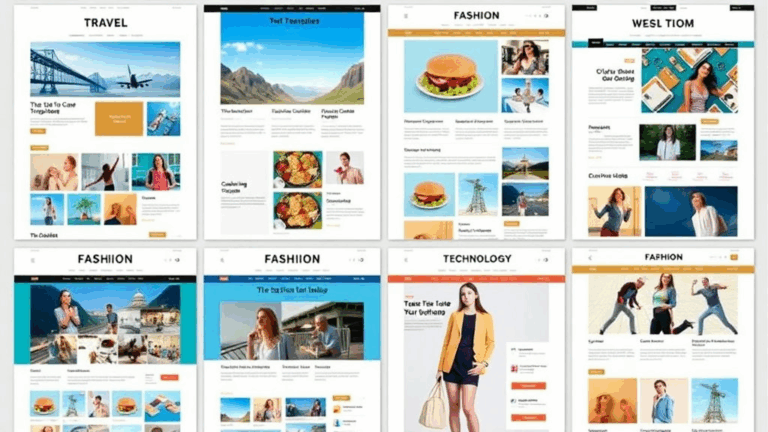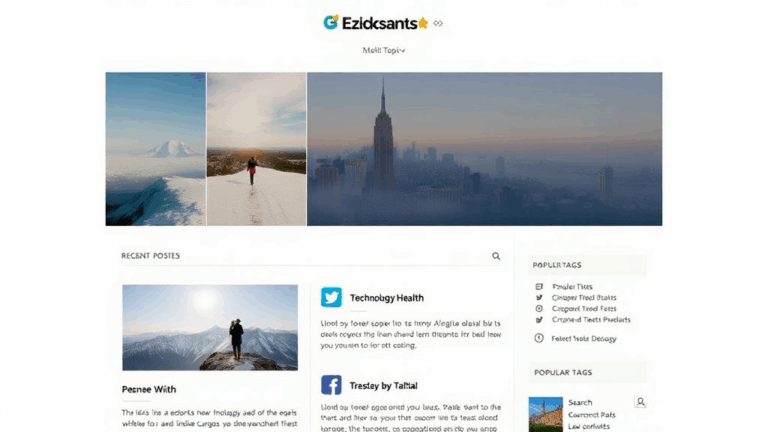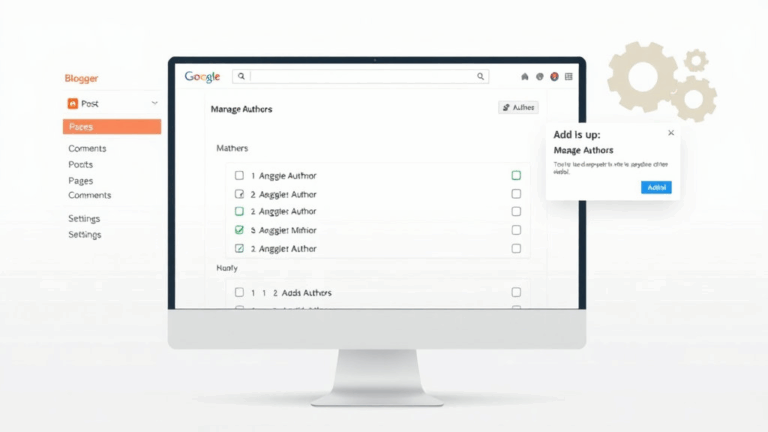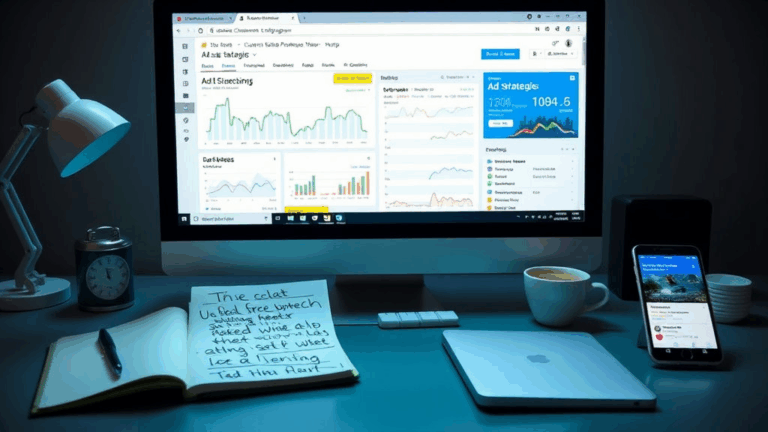Fixing Blogger Landing Pages That Break AdSense and Coaching Sales
Accidental AdSense Blockage from Over-Optimization
A couple months ago, I was helping a client monetize their personal development blog. They had a glossy coaching landing page hosted on Blogger, styled with a third-party template from one of those template farms that gives you carousels, floating header menus, and 14 hidden iframes. Google Ads didn’t just underperform—it flat out refused to show up most of the time. After a one-sentence reply from AdSense support telling me the site didn’t meet monetization criteria, I had to reverse-engineer why.
If your Blogger landing page uses aggressive CSS tricks or scripts that suppress AdSense containers (especially inside display: none at load), that’s a silent killer. Do NOT hide the ad div and reveal it with JS after a user click. That smells manipulative to the crawler, even if the intent was layout cleanliness.
Also, Blogger’s “Page” vs “Post” rendering is inconsistent. Pages don’t trigger the same post-metadata injection, which breaks some auto ad placements. Best workaround in my case was to set up the landing content as a regular post (with a backdated timestamp) and use a prominent redirect button on the Page.
Custom Domains and the www Redirect Sinkhole
Here’s a fun problem: AdSense was serving zero impressions, even though the tag was clean and checked by Tag Assistant. The source? A barely noticeable redirect loop between the naked domain mycoachingblog.com and www.mycoachingblog.com. Blogger and AdSense don’t play nice if canonicalization isn’t nailed tight.
I had pointed the domain via Google Domains and clicked the “Forward naked domain to www” config checkbox, naïvely assuming Google’s ecosystem had its own back. Wrong. Fetching the homepage with cURL showed several 301s before resolving—which AdSense’s crawler apparently bailed on.
curl -I mycoachingblog.com
HTTP/2 301
Location: https://www.mycoachingblog.com/
...
HTTP/1.1 301 Moved Permanently
Location: https://mycoachingblog.blogspot.com/p/landing.html
Lesson: lock that redirect chain down to a single hop, and check from multiple tools. Cloudflare made that easier once I brought DNS there instead.
“Unavailable” Pageviews from Multi-Stage Landing Chains
A lot of personal coaches like to funnel traffic through a motivational quote-to-form type structure—two or three pages deep before you see the actual pricing.
It’s fine UX-wise, but Blogger’s built-in analytics (and to some extent GA4, if not correctly configured) will fail to consistently bind a user session across those page types. Especially if you’re mixing static Pages, redirected Posts, and custom JS spinners or animated content blocks.
“Why are half my leads coming from ‘direct’ with no referrer?”
Because some of those transitions break referrer headers or delay the page load enough that event-based tag firing misses it. I had to insert a forced history.replaceState() call and a slight delay before pushing the gtag events so they’d attribute correctly.
Also: disable Smooth Scroll on complex Blogger themes. It can hijack internal hash links and mess with your fragment-based funneling logic.
AdSense Auto Ads Misidentify CTA Sections as Footers
AdSense Auto Ads are aggressive, especially when left unconfigured. They tend to see multi-column divs with one bold button and short text blurbs as a footer. This is not documented anywhere, but I see it happen constantly on coaching sites where the main CTA sits just below the fold—Auto Ads jams a massive ad right above it.
To avoid that:
- Do not use
id="footer"or any variation containing “foot-” near your CTA containers. - Add
data-ad-section="sponsor-safe"manually to the block you do want ads in (or exclude them viadata-ad-section="suppress"). - Use manual ad injection for key CTA zones, not Auto Ads.
- If using Blogger’s Layout GUI, you can insert a
<div class="ad-placeholder">gadget above or inline with CTA—but don’t expect it to be respected unless the container doesn’t change height post-load.
I once had a coach call asking why AdSense embedded a leaderboard ad between a quote block and a PayPal button. The log actually said “Inserted ad in estimated footer”—that was the aha moment.
Delayed Ad Rendering from Script-Heavy Hero Blocks
This one actually drove me nuts for a week. AdSense code was in, verified, yet ads took 6–10 seconds to show up. Turned out to be due to oversized image carousels blocking the main thread. A slick landing template with hero transitions was using uncompressed 2500px-wide background images.
You’d think lazy loading would help. Except in this template’s case, it was using a lazy-load polyfill that delayed all image decoding until after the initial paint event—at which point AdSense thought the viewport wasn’t stable yet.
What worked: slicing the hero into a pure CSS gradient with a single logo PNG, ditching the animation JS entirely. Render time dropped, and ads loaded on time. Wildly, Chrome DevTools’ Performance tab showed paint time reduction wasn’t even huge—but DOMContentLoaded fired earlier, and that’s all AdSense needed to behave.
When AdSense Approves the Site but Not the Page
There’s a frustrating undocumented edge case where AdSense account gets approved, main blog tested fine, but none of the new landing pages show ads. No policy violations, no emailed alerts. Just persistent blanks.
Buried in the support forums somewhere, someone found it: AdSense treats “new” content less than 48 hours old as potentially unfit for ad display until it’s had time to crawl. Inactive? Kind of. More like “probationary.”
“Even freshly published Pages on the same domain as an approved site can be treated like an unknown external.”
This also means that if you deploy a coaching offer landing page and run paid traffic the same day, you’ll see metrics but zero monetization. You’re burning clicks with no revenue return. Wait a couple days or submit the specific Page URL for Re-Crawl in Search Console. Better: pre-stage the landing Page a week ahead, even if unpublished, to give Googlebot something to chew on.
Embedding Calendly or External Scripts in Blogger Without Nerfing Layout
A popular coaching move is to embed a Calendly widget or other booking form directly in the landing page. Problem: that sometimes breaks mobile scroll or triggers layout shifts that mess with CLS and AdSense anchor ads.
Had a real case where embedding Calendly inside an <iframe> in the body tag caused the bottom sticky ad to overlap the form. User couldn’t click the time picker dropdown. Simple CSS fix? Not really—there was a whole z-index stack nightmare because Blogger’s default .footer-outer layers are inconsistent.
Real-world fix that stuck:
iframe[src*="calendly"] {
max-height: 100vh;
overflow: auto;
z-index: 10;
position: relative;
}
.iframe-wrap {
padding-bottom: 80px; /* Reserve space for sticky ads */
}That final buffer div prevented overlap. It’s dumb—it shouldn’t be needed—but AdSense’s scripts sometimes fail to notice newly appended iframes and will calculate anchor space wrong on the first pass.
Using Coaching Testimonials Without Tanking Page Load
Last one: coach-client testimonials are often given in blockquote carousels with avatars. Pretty, but a performance burden—and if your testimonial slider relies on jQuery or Glide.js, I guarantee AdSense might not play along.
I once tested six variants of the same testimonial section. Only the static HTML + CSS version rendered ads above it promptly. All others triggered JavaScript-induced reflows that moved the ad below the fold after initial render.
The best outcome came from using blockquote elements styled simply, with inline SVG quote icons instead of web fonts or image assets. Here’s a clean way to do it:
<blockquote class="client-quote">
<svg width="18" height="18">...</svg>
I finally booked 3 clients this month after launching.
<footer>— Janel, confidence coach</footer>
</blockquote>Faster render, friendlier to bots, and no surprise DOM shifting.
